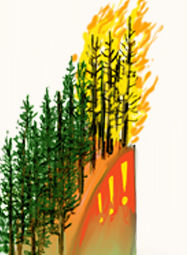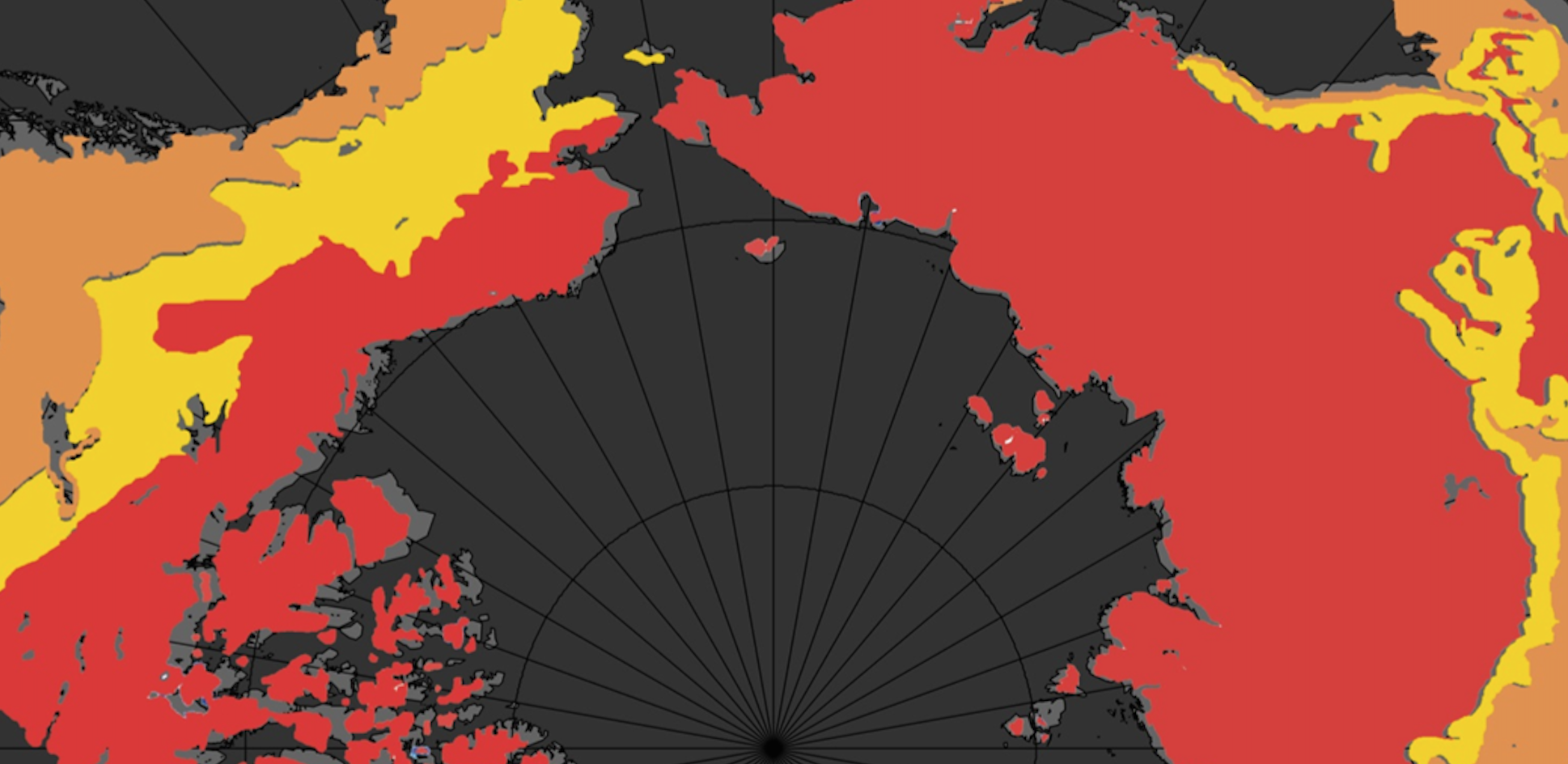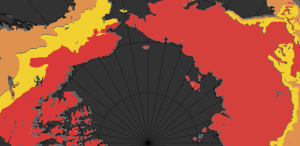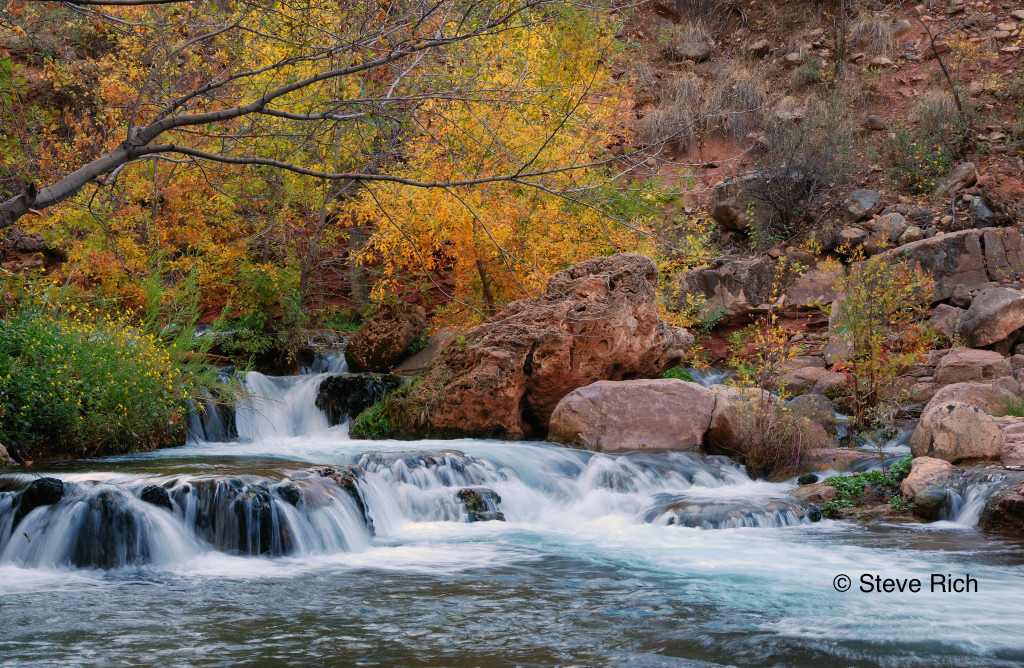Quantifying the timescales over which exogenous and endogenous conditions affect soil respiration
Understanding how exogenous and endogenous factors and above-ground-below-ground linkages modulate carbon dynamics is difficult because of the influences of antecedent conditions. For example, there are variable lags between above-ground assimilation and below-ground efflux, and the duration of antecedent periods are often arbitrarily assigned. Nonetheless, developing models linking above- and below-ground […]




